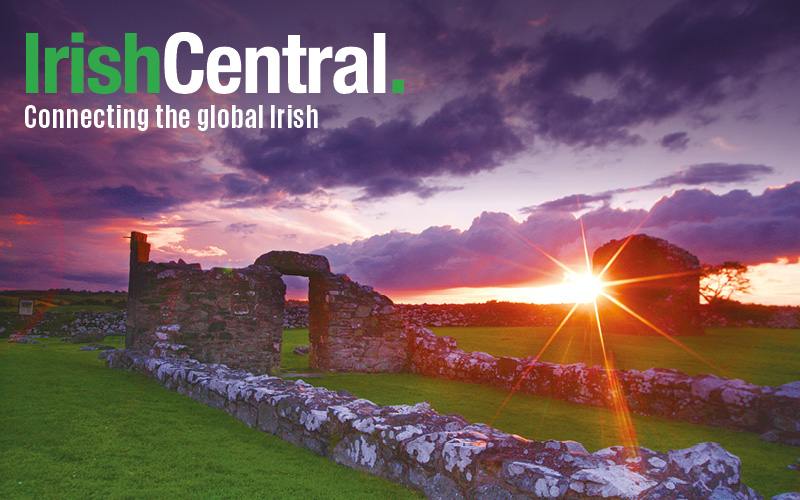Just like the Kildare Gaelic Football team in their search for Sam Maguire, a small bit of promise showed no fruition in the town of Kildare, Oklahoma.
Kildare, Ireland, is the 24th largest county in Ireland with a population of over 210,000. Its original Irish name Cill Dara, meaning “Church of the Oak,” stems from the strong links between St. Brigid and the area that is now Kildare town. Dating back to the 5th century, Kildare town is the site of the original “Church of the Oak” and the monastery founded by the saint that was to become one of the main Christian bases in Celtic Ireland. Brigid is believed to have established this religious community beneath an oak tree on a hill at the edge of the Curragh, land awarded to her by the King of Leinster. The Curragh is a flat plain of land stretching across the county and covers almost 5,000 acres.
There is small chance of seeing an oak tree in our United States equivalents, however. Named by settlers from Co. Kildare, Ireland, this small town with a population of just 100 people is located in Kay County, Oklahoma on just 0.2 square miles of land. In 1892, the Atchison, Topeka and Santa Fe Railroad built a section house, agent's cottage, a tool house and a depot in the area and when the Cherokee Strip opened to settlers in the following year, Kildare saw a massive influx of new settlers.
The Cherokee Strip Land Run (or Land Run of 1893) marked the start of the opportunity for settlers in the Cherokee Outlet. The Cherokee Outlet (which would later become the state of Oklahoma) was a sixty-mile wide stretch of land south of the Oklahoma-Kansas border that was assigned to the Cherokee Nation as a passage to travel and hunt from their reservation.
When the Land Run began to settle this land on September 16, 1893, it is said that eight thousand tickets were sold to Kildare. Within two months a post office was established in the area, along with hardware stores, lumber yards, drug and grocery stores, and a jail. The town was incorporated in 1905.
Despite these rapid early developments, settlement soon waned. The main problem was the lack of water in the area. In the beginning it had to be transferred from Willow Springs, a few miles north of the town. Three fires also swept through the town destroying the business district and fewer and fewer businesses chose to rebuild each time.
Following the massive amount of tickets sold on the first day of the run, Kildare quickly deteriorated into a small town with a population of 162 by 1907. The town’s population peaked in 1910 at 216 residents but has since dropped lower and lower seeing only minor changes in recent years.
Kildare, Oklahoma is not the only town to be named after the Lilywhites' home county, however. There is a slightly larger town in Juneau County, Wisconsin, with a population of 557 that was also named after the Irish county and town by settlers.
Settled in 1850 by pioneers, the town remains a small rural community based around farmland and pine forests. The town offers a great location for outdoor fun, especially water activities, and a lack of water was certainly not a problem that this town ever faced. Bordered by the Lemonweir River, which flows into the Wisconsin River, camping, canoeing, boating, swimming, fishing, hiking, hunting and snowmobiling are all available and it also lies just a small journey north from Wisconsin Dells, known as “The Waterpark Capital of the World.”
Kildare, Wisconsin, certainly holds more comparisons with County Kildare than the Oklahoma town as Kildare in Ireland has three major rivers running through it: the Barrow, the Liffey and the Boyne, along with a stretch of the Grand Canal running from Lyons to Rathangan and Monasterevin.
If you live in or know of a city, town, or even a street with a distinctly Irish name and history, let us know in the comment section! There's so much Irish influence to be explored.




Comments